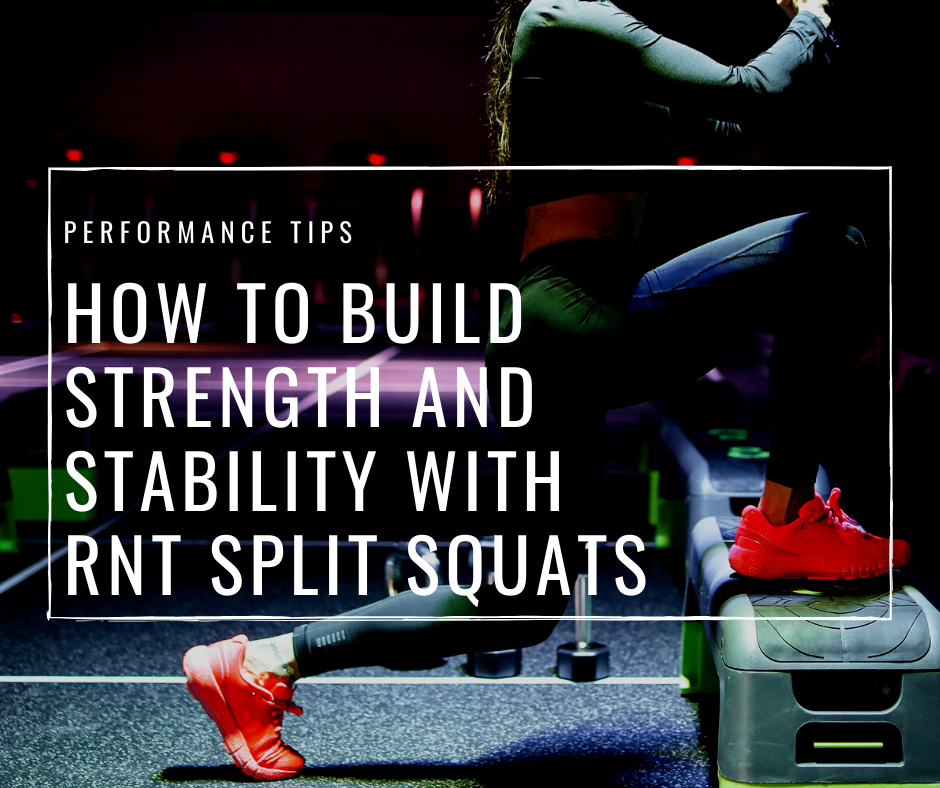Two Things You Should Know About Achilles Injury Treatment
I've seen a few Achilles ruptures in my time as a strength coach. Here are two big lessons I've learned about achilles injury treatment.
In the video below, I talk about these 2 points in relation to NFL star Richard Sherman's Achilles rupture from this past year. Below, I cover a couple key points more generally.
1. Know What Pain Means (AKA prevention is an important component of achilles injury treatment)
If your Achilles is painful and inflamed, take it seriously. You are automatically at a much higher risk of a rupture or partial tear. Either is a painful injury that takes a long time to come back from and prevention is your best treatment.
Having some inflamation or pain is normal sometimes, but it should be very short lived. If you go from your couch to running 20KM one day, your Achilles (and a lot of other body parts!) are going to be hurting. That's because you over did it. You went beyond your tissue tolerance. When you go beyond what your body can handle, you're tissues will be inflamed and sore.
As long as you listen to those pain signals and allow the tissues to calm down, you should be OK. Let the temporary inflammation and pain subside, and then ramp back up gradually so your body can adapt to the stress you're putting on it.
The problem comes when you continue to push through the pain. If you've had tendon pain for weeks or months at a time, now that tendon is degenerating. This is not normal or good. You need to stopped pulverising your body, get some treatment from a good rehab therapist, and be patient. The longer you hammer that tendon, the more long-term damage you're likely to do, and the more you're putting yourself at risk for a major injury like a rupture.
2. Know Your Priorities & Set firm Limits
If you have Achilles pain, when could it be worth it to push through and risk injury? And when do you think it's best to chill out and take a load off?
No one can answer that for you, but I strongly recommend that all athletes develop a 'turn around time' when it comes to injury.
I explain this in the video above, but, here's how it works.
When attempting to summit a mountain, climbers will set a turn around time. If they don't reach the peak before a predetermined time, they turn back to ensure they don't get stranded away from base camp before dark. They decide on this cut-off time in advance so they don't allow emotion to influence their decision.
With injuries and when dealing with pain, you should set a similar cut-off.
"If I feel a certain sensation in my Achilles, I will stop my workout."
or
"If I feel my Achilles act up, I'm going to rest for a few minutes and warm-up more. If that doesn't help, I'm going to switch to a less stressful exercises that I can perform pain free."
or
"I'm going to stop doing all high-risk activities (i.e. jumping and running activities) for 3 weeks and then gradually re-introduce them."
or, in the case of Richard Sherman:
"No matter what I feel, I'm going to push on through. I want this more than anything."
Did Richard Sherman make the right decision when he knew there was a good chance of blowing his Achilles? We can have our opinions, but it's something each person is responsible to decide for themselves. It seems like Sherman is at peace with his choice.
Either way, the idea of setting a 'turn around time' applies to any exercise or sport. Set limits ahead of time so you don't get swept up in a sea of excitement and emotion and potentially regret something later. We've all made silly decisions in this area, or at least seen others make them. Let's train smarter and stay healthier.











